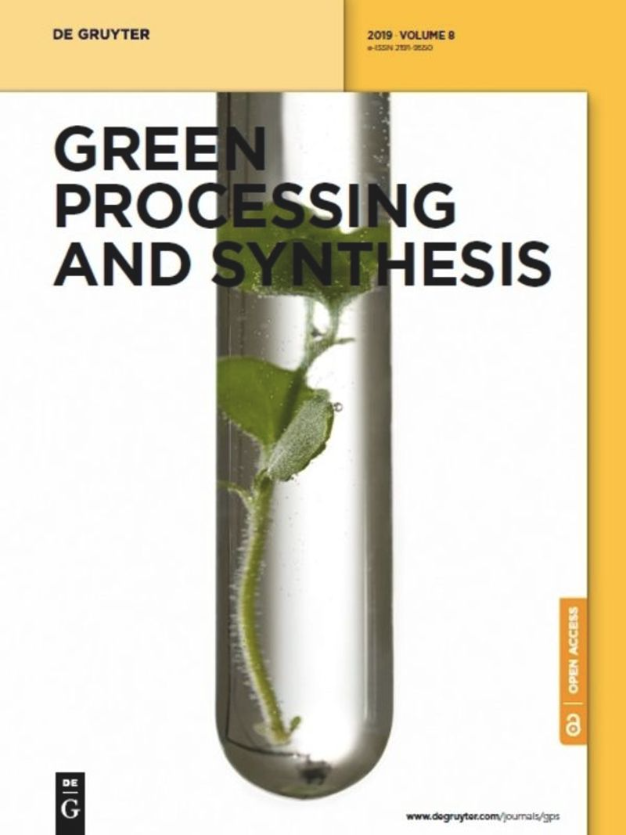Development of a fuzzy logic model for the prediction of spark-ignition engine performance and emission for gasoline–ethanol blends
IF 3
4区 工程技术
Q2 CHEMISTRY, MULTIDISCIPLINARY
引用次数: 1
Abstract
Abstract Due to the enormous of fossil fuels and the ensuing increase in automobiles, an unprecedented scenario has arisen with pollution levels that are out of human control. In this study, a fuzzy logic model is developed to predict how well a spark-ignition engine running on gasoline and ethanol mixes would operate. A test engine was operated on pure gasoline and gasoline–ethanol fuel mixtures in a range of ratios at varying engine speeds. In order to estimate outputs such as brake-specific fuel consumption (BSFC), brake thermal efficiency, nitrogen oxides (NOx), hydrocarbon emissions, and carbon monoxide, a fuzzy logic model, a sort of logic model application, has been developed using experimental data. The developed fuzzy logic model’s output was compared to the results of the trials to see how well it performed. The output parameters were indicated, including braking power, thermal, volumetric, and mechanical efficiency. The input parameters were engine speed and ethanol mixes. Regression coefficients were nearly equal for training and testing data. According to the study, a superior method for accurately forecasting engine performance is the fuzzy logic model. To eliminate proportionality signs from equations, regression analysis is used. It is accurate to develop mathematical relations based on dimensional analysis. Based on the root mean square errors, BSFC is a minimum of 6.12 and brake power is a maximum of 8.16; lower than 2% of errors occur on average.用于预测汽油-乙醇混合燃料火花点火发动机性能和排放的模糊逻辑模型的建立
由于大量的化石燃料和随之而来的汽车数量的增加,出现了一个前所未有的局面,污染程度超出了人类的控制。在这项研究中,开发了一个模糊逻辑模型来预测火花点火发动机在汽油和乙醇混合燃料下的运行情况。一台测试发动机在不同的发动机转速下使用纯汽油和汽油-乙醇混合燃料,在一定的比例范围内运行。为了估计诸如制动比油耗(BSFC)、制动热效率、氮氧化物(NOx)、碳氢化合物排放和一氧化碳等输出,利用实验数据开发了一种模糊逻辑模型,这是一种逻辑模型应用。将开发的模糊逻辑模型的输出结果与试验结果进行比较,看看它的表现如何。输出参数显示,包括制动功率,热,体积和机械效率。输入参数为发动机转速和乙醇混合物。训练数据和测试数据的回归系数几乎相等。研究表明,模糊逻辑模型是准确预测发动机性能的一种较好的方法。为了从方程中消除比例符号,使用了回归分析。在量纲分析的基础上建立数学关系是准确的。基于均方根误差,BSFC最小为6.12,制动功率最大为8.16;平均出错率低于2%。
本文章由计算机程序翻译,如有差异,请以英文原文为准。
求助全文
约1分钟内获得全文
求助全文
来源期刊

Green Processing and Synthesis
CHEMISTRY, MULTIDISCIPLINARY-ENGINEERING, CHEMICAL
CiteScore
6.70
自引率
9.30%
发文量
78
审稿时长
7 weeks
期刊介绍:
Green Processing and Synthesis is a bimonthly, peer-reviewed journal that provides up-to-date research both on fundamental as well as applied aspects of innovative green process development and chemical synthesis, giving an appropriate share to industrial views. The contributions are cutting edge, high-impact, authoritative, and provide both pros and cons of potential technologies. Green Processing and Synthesis provides a platform for scientists and engineers, especially chemists and chemical engineers, but is also open for interdisciplinary research from other areas such as physics, materials science, or catalysis.
 求助内容:
求助内容: 应助结果提醒方式:
应助结果提醒方式:


